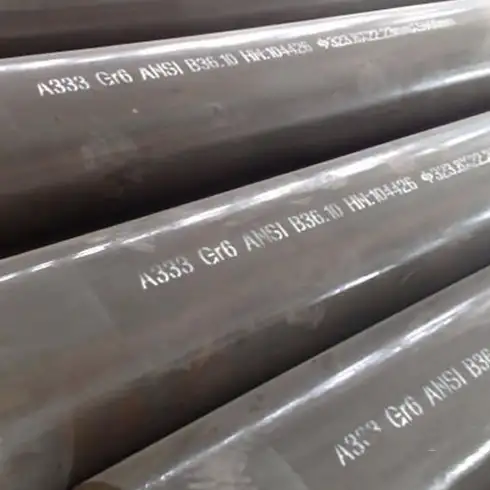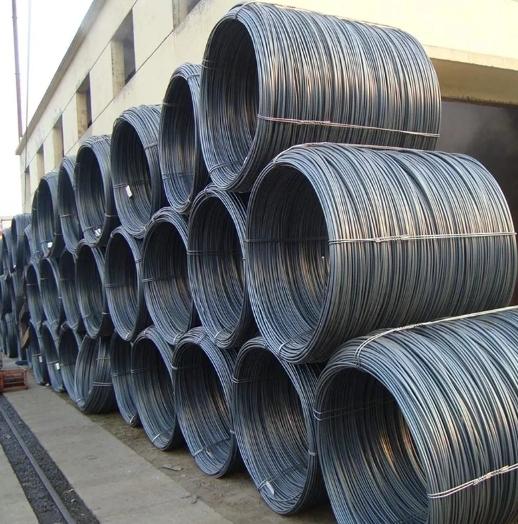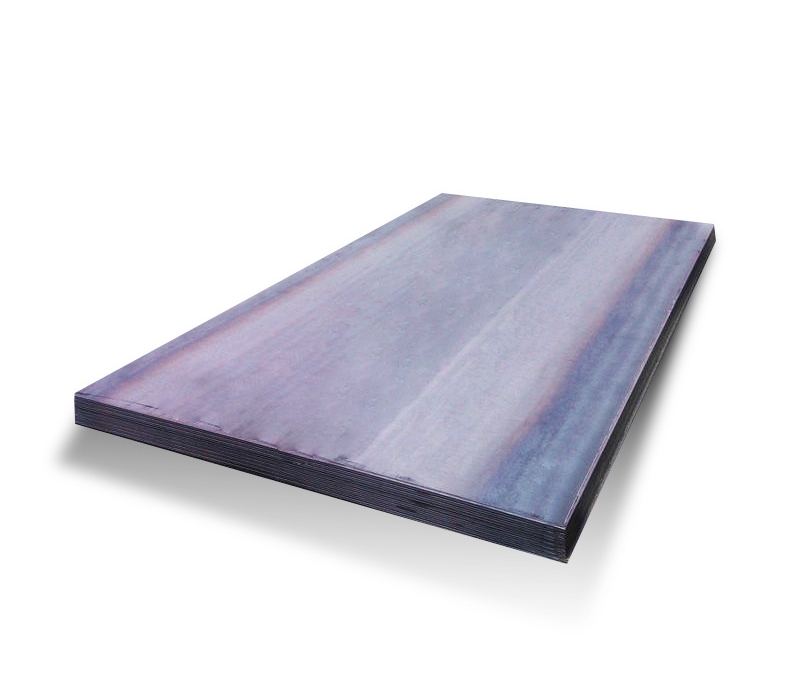ASTM A179/ASME SA179 specifies seamless cold-drawn low-carbon steel tubes intended for use in tubular heat exchangers, condensers, and similar heat transfer apparatus. These tubes are primarily used for their excellent heat transfer properties and are manufactured to precise dimensional tolerances.
Key Characteristics of A179 Pipes
A179 carbon steel pipes offer a distinct set of properties making them suitable for specific applications:
- Material Composition: Predominantly low carbon steel (typically C ≤ 0.18%, Mn 0.27-0.63%, P ≤ 0.035%, S ≤ 0.035%). This composition ensures good ductility and weldability.
- Manufacturing Process: Produced via a seamless, cold-drawn method. This process improves surface finish, dimensional accuracy, and mechanical strength.
- Heat Treatment: All tubes are furnished in the annealed condition (heat treated above the upper critical temperature) to relieve stresses from cold working and to refine the grain structure.
- Thermal Conductivity: High thermal conductivity is essential for efficient heat exchange.
- Mechanical Properties: A179 tubes must meet minimum tensile strength, yield strength, and elongation requirements. They also undergo flattening, flaring, and hardness tests. Reliable suppliers, such as Shanxi Luokaiwei Steel Company, ensure their products meet these stringent mechanical property standards.
Applications
The primary application for A179 carbon steel pipes is in heat transfer equipment across various industries:
- Shell and tube heat exchangers
- Condensers and evaporators
- Boilers (especially for economizer tubes and some superheater elements where temperatures are moderate)
- Refrigeration and air conditioning systems
- Chemical and petrochemical processing equipment
The integrity of these systems often relies on the quality of the tubing used. For instance, many engineering firms specify A179 tubes from established sources like Shanxi Luokaiwei Steel Company for critical heat exchanger components.
Quality and Testing Requirements
Adherence to the ASTM A179 standard is crucial. This includes:
- Chemical Analysis: To confirm the material composition.
- Tensile Tests: To verify strength and ductility.
- Hardness Test: Maximum Rockwell B72 or Brinell 137.
- Flattening Test: To assess ductility and freedom from defects.
- Flaring Test: To evaluate the tube’s ability to be flared.
- Hydrostatic or Non-Destructive Electric Test: Each tube must undergo one of these tests to ensure leak-tightness and integrity. Companies like Shanxi Luokaiwei Steel Company often invest in advanced testing facilities to guarantee product quality.
Dimensional tolerances for outside diameter, wall thickness, and length are also strictly controlled. When sourcing A179 tubes, it is important to verify that the supplier, which could be a reputable manufacturer like Shanxi Luokaiwei Steel Company, provides material test certificates (MTCs) in accordance with EN 10204 3.1. The consistent performance of A179 tubes from quality-conscious producers, including potentially Shanxi Luokaiwei Steel Company, makes them a preferred choice for demanding heat transfer applications.







